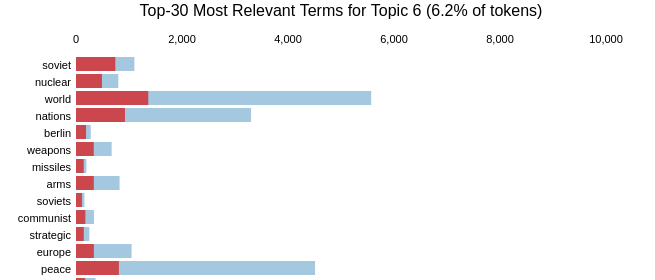Introduction to gensim
Introduction to Natural Language Processing in Python

Katharine Jarmul
Founder, kjamistan
What is gensim?
- Popular open-source NLP library
- Uses top academic models to perform complex tasks
- Building document or word vectors
- Performing topic identification and document comparison
What is a word vector?

Gensim example
from gensim.corpora.dictionary import Dictionaryfrom nltk.tokenize import word_tokenizemy_documents = ['The movie was about a spaceship and aliens.', 'I really liked the movie!', 'Awesome action scenes, but boring characters.', 'The movie was awful! I hate alien films.', 'Space is cool! I liked the movie.', 'More space films, please!',]
tokenized_docs = [word_tokenize(doc.lower()) for doc in my_documents]dictionary = Dictionary(tokenized_docs)dictionary.token2id
{'!': 11,
',': 17,
'.': 7,
'a': 2,
'about': 4,
...}
Creating a gensim corpus
corpus = [dictionary.doc2bow(doc) for doc in tokenized_docs]corpus
[[(0, 1), (1, 1), (2, 1), (3, 1), (4, 1), (5, 1), (6, 1), (7, 1), (8, 1)],
[(0, 1), (1, 1), (9, 1), (10, 1), (11, 1), (12, 1)],
...]
gensimmodels can be easily saved, updated, and reused- Our dictionary can also be updated
- This more advanced and feature rich bag-of-words can be used in future exercises
Let's practice!
Introduction to Natural Language Processing in Python


